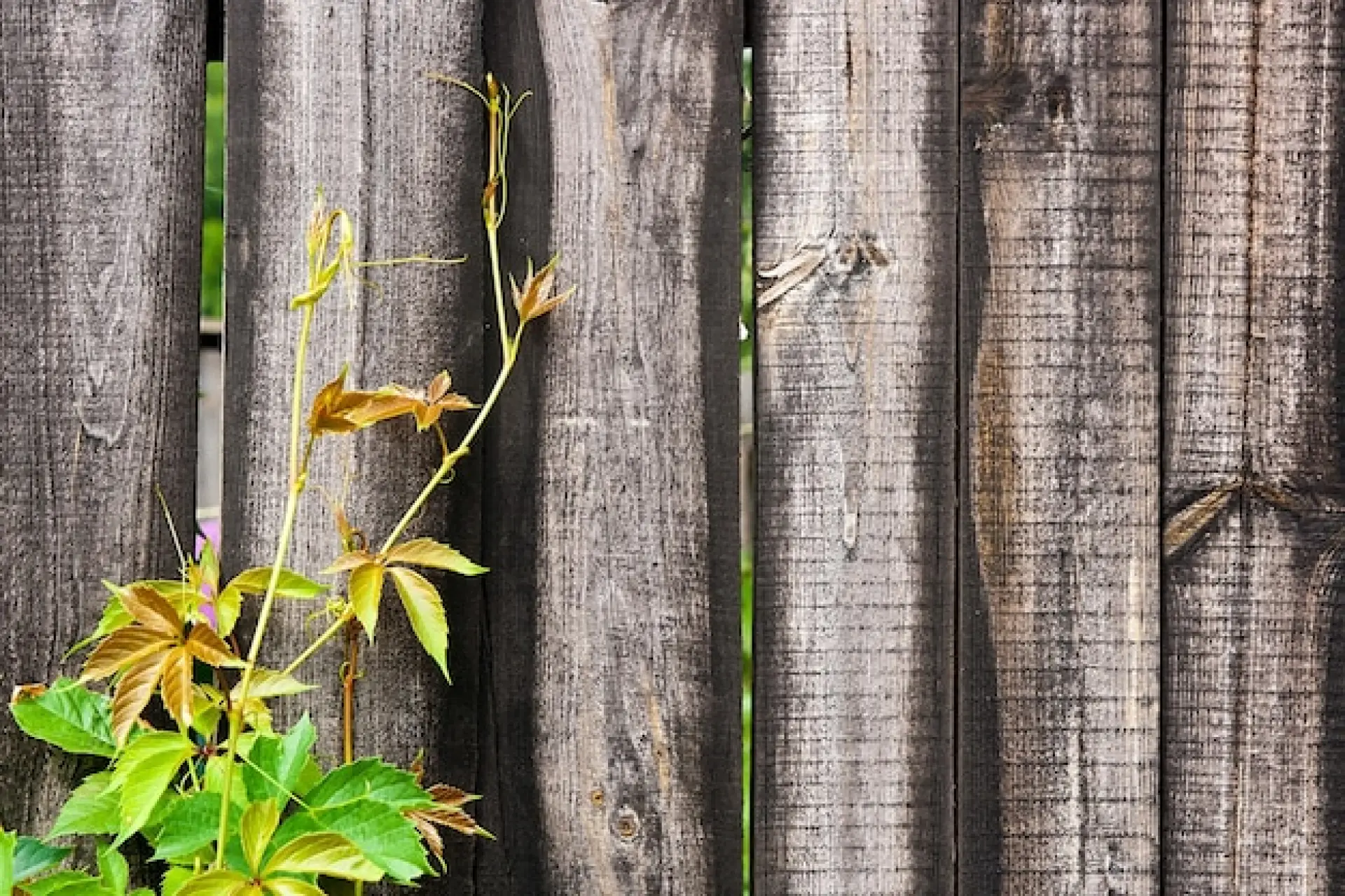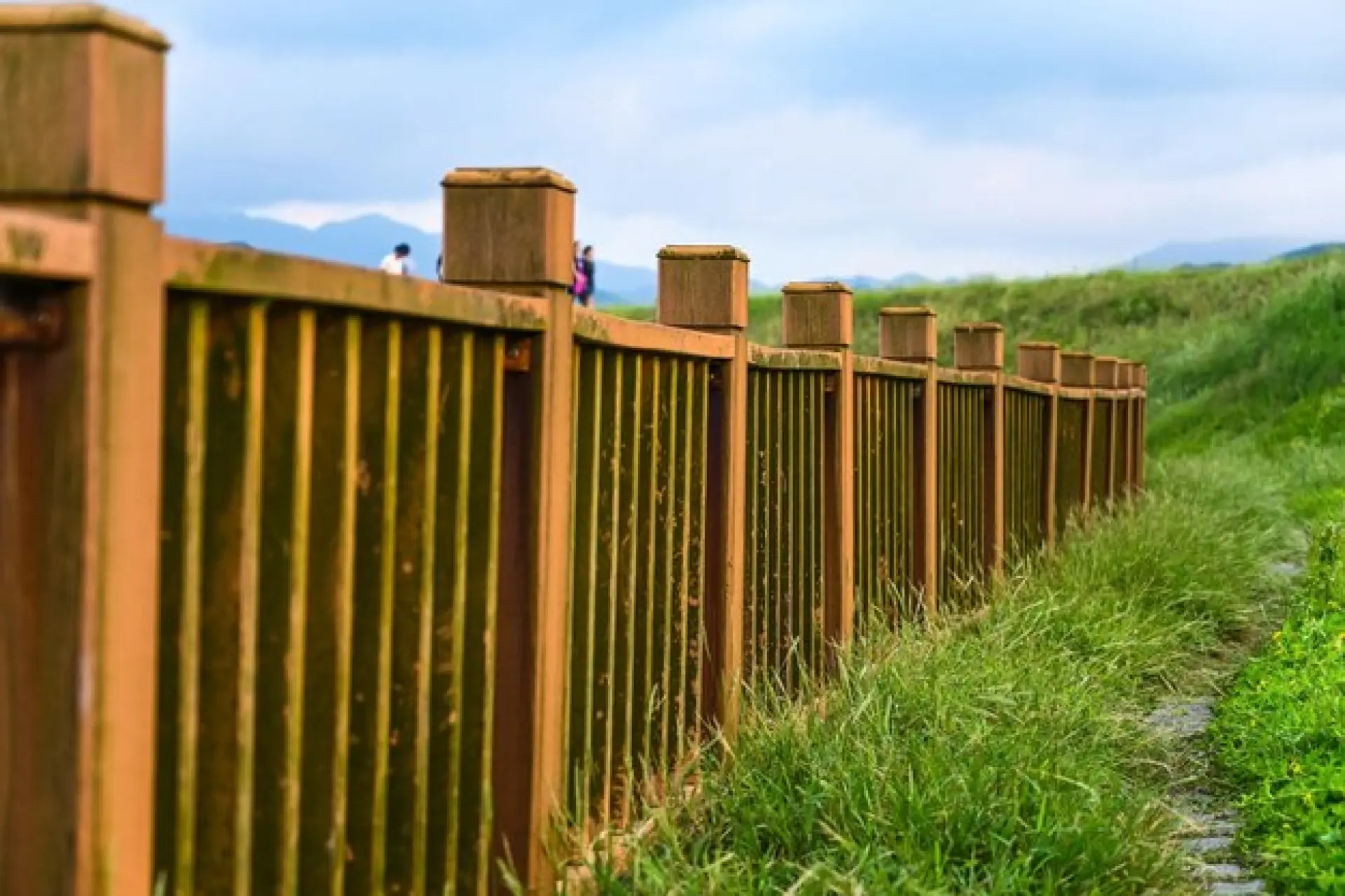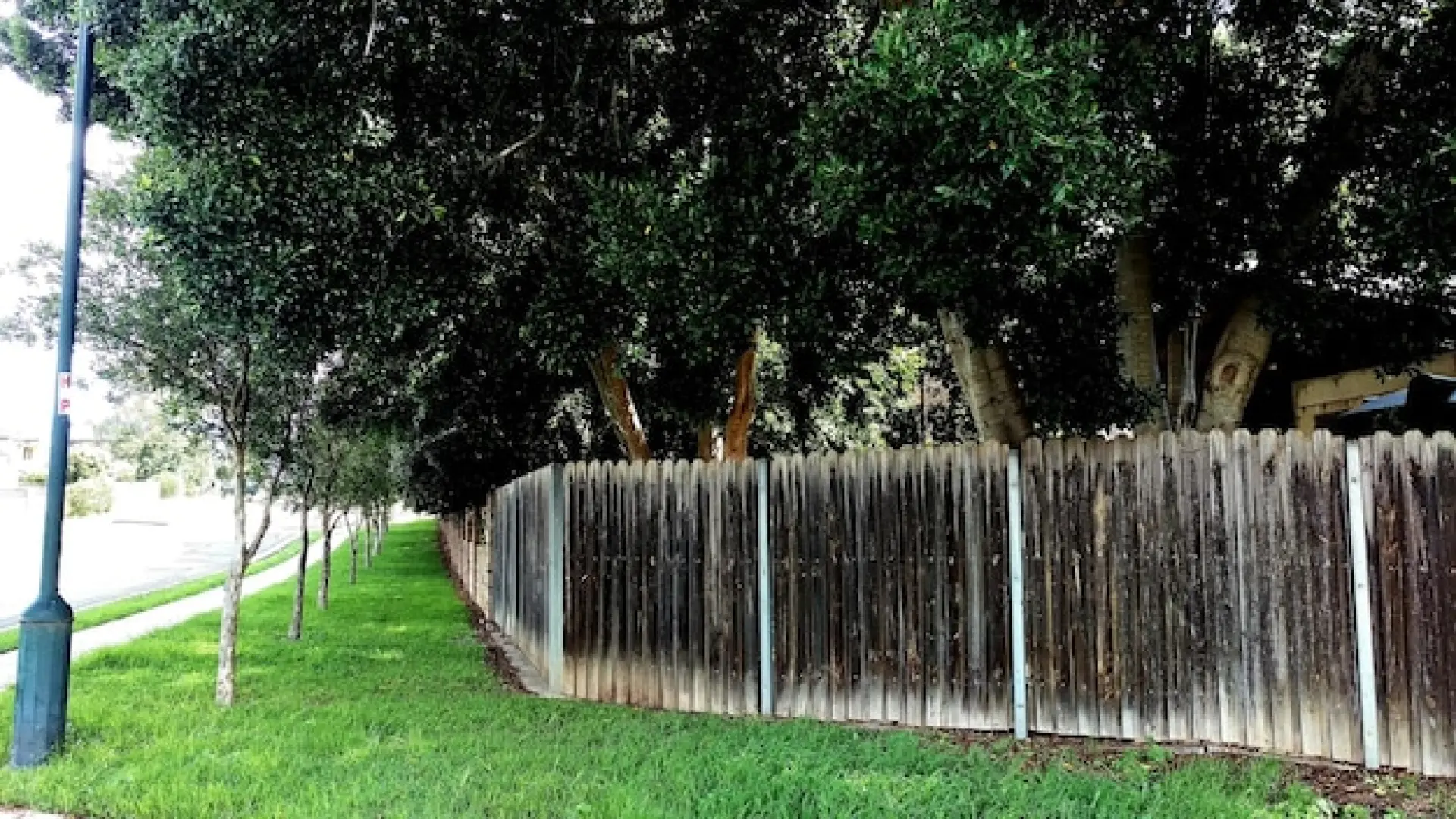Secure your outdoor space without compromising style. Our guide on 'Designing a Safe Garden with Fencing' outlines key factors to ensure safety and functionality.
Identifying Potential Risks
A secure garden starts with recognising potential hazards. Uneven ground, sharp objects, and weak boundaries can create safety concerns, especially for children and pets.
Gaps in fencing may allow animals to escape or unwanted visitors to enter. Low fences might not provide adequate security, while high winds can weaken poorly installed panels.
Consider the risks of splintering wood, rusting metal, or unstable posts. If the garden is near a road, a solid fence can prevent accidents. For homes with pools or water features, fencing should restrict access to reduce drowning risks. By assessing these factors, you can design a fencing solution that enhances safety while maintaining a functional and attractive outdoor space.
Choosing a Secure Fence Design
Selecting the right fence design ensures safety without compromising style. Solid fences offer privacy and security, preventing unauthorised access. If visibility is required, metal railings or mesh panels can provide security while maintaining sightlines. Vertical slats discourage climbing, making them ideal for child-friendly gardens.
Avoid designs with wide gaps where pets or small children could get stuck. Gates should have secure latches and self-closing mechanisms for added protection.
For extra security, consider fence toppers such as trellis panels, which deter intruders while supporting climbing plants. A well-planned fence design will provide a balance between safety, aesthetics, and functionality, keeping your outdoor space protected.

A secure fence should also be designed to accommodate the specific needs of those using the garden.
If pets are a concern, the fence should extend below ground to prevent digging and include a smooth surface to prevent climbing. Families with young children should avoid horizontal rails or decorative openings that could be used as footholds.
Additionally, if the garden is in an area prone to extreme weather, wind-resistant designs, such as slatted panels or reinforced posts, should be considered. Security lighting or CCTV can be integrated into the fence structure for additional protection.
Selecting Safe and Durable Materials
The materials used in fencing impact both safety and longevity. Pressure-treated wood resists rot and insects but should be smooth to prevent splinters. Metal fences, such as aluminium or steel, offer durability, though they should be coated to prevent rust. PVC and composite materials provide a low-maintenance, splinter-free alternative.
For gardens with pets, avoid toxic wood treatments and ensure wire fencing does not have sharp edges. Weather-resistant finishes will extend the lifespan of the fence and maintain its structural integrity. Choosing high-quality materials will reduce risks, withstand outdoor conditions, and keep your garden safe for years to come.
Planning Your Fence Layout
A well-planned fence layout enhances safety and functionality. Consider the purpose of the fence, whether it’s for privacy, security, or containment. Ensure the height is appropriate to prevent climbing or jumping over. The placement of gates should allow for easy access while keeping secure areas enclosed.
Avoid placing fences too close to trees or structures where children could climb over. If enclosing a pool, the fence should meet safety regulations, with self-closing gates and minimal gaps. Checking property boundaries before installation prevents disputes with neighbours. A carefully designed layout will maximise security while maintaining a practical and visually appealing garden space.

In addition to positioning, the fence layout should account for access points and usability. Gates should be installed in locations that offer convenient entry and exit without compromising security.
A double-gate system may be useful for driveways or large garden spaces, while smaller pedestrian gates should have self-locking mechanisms. Pathways leading to and from the fence should be clear of obstacles to prevent trip hazards.
Consider the impact of the fence on airflow and natural light—solid fencing can create wind tunnels or block essential sunlight for plants.
Maintaining Your Fencing for Ongoing Safety
Regular maintenance is essential to keep your fencing secure and in good condition. Inspect for loose panels, broken posts, or rusted metalwork.
Wooden fences should be treated with protective coatings to prevent rot, while metal fences may require repainting to stop corrosion. Check hinges and latches on gates to ensure they function properly.
Clear any overgrown plants that may weaken the structure. After storms or extreme weather, inspect the fence for damage and make necessary repairs. Ongoing upkeep will extend the life of your fence, maintaining a safe and secure garden environment for years to come.
Are you looking for fencing and decking in Milton Keynes? Milton Keynes Fence Installation is the leading contractor for wooden fencing in the area. We are proud specialists of timber garden fences of all types.
We have worked with homes of all sizes and layouts to provide you with a personal, bespoke fencing solution for your property.
